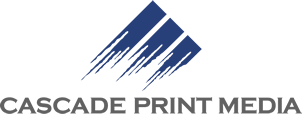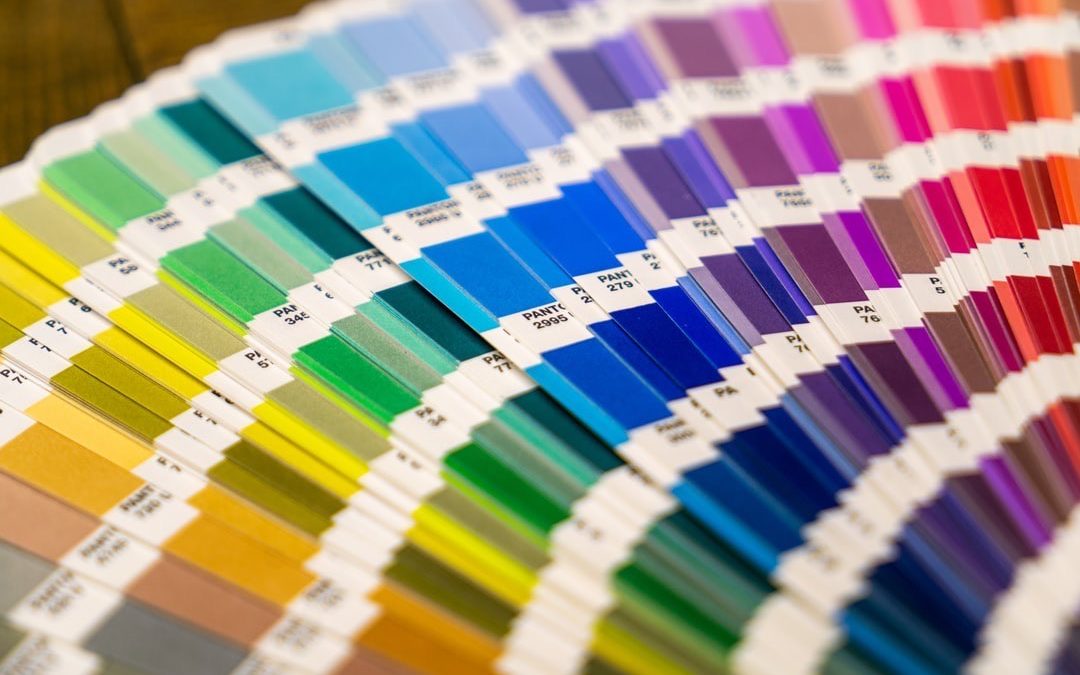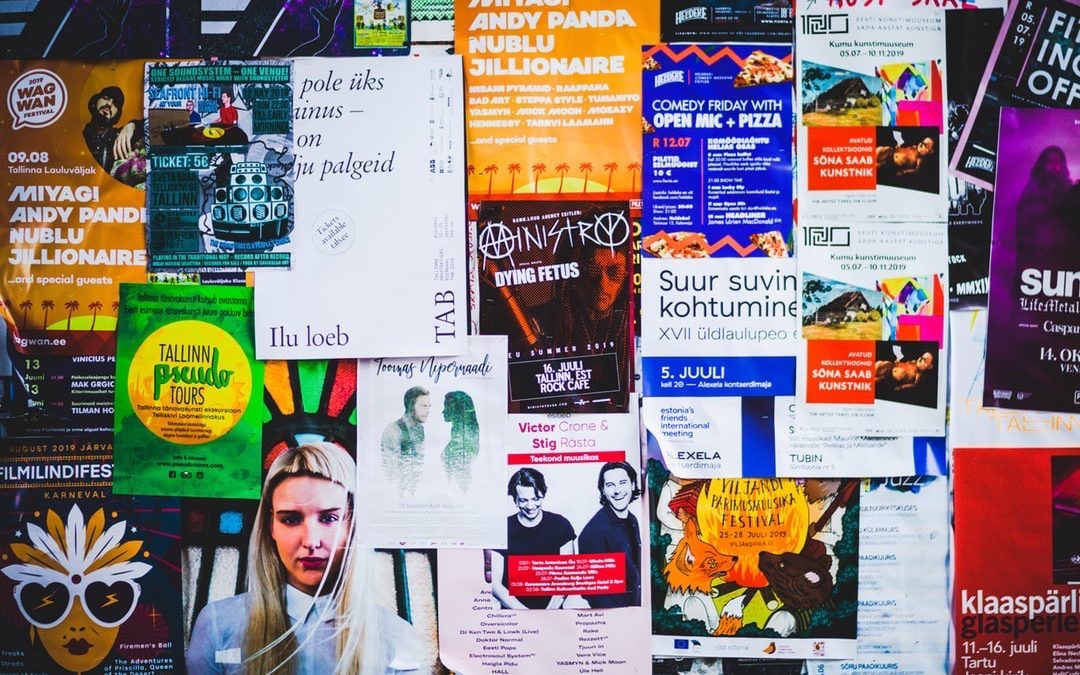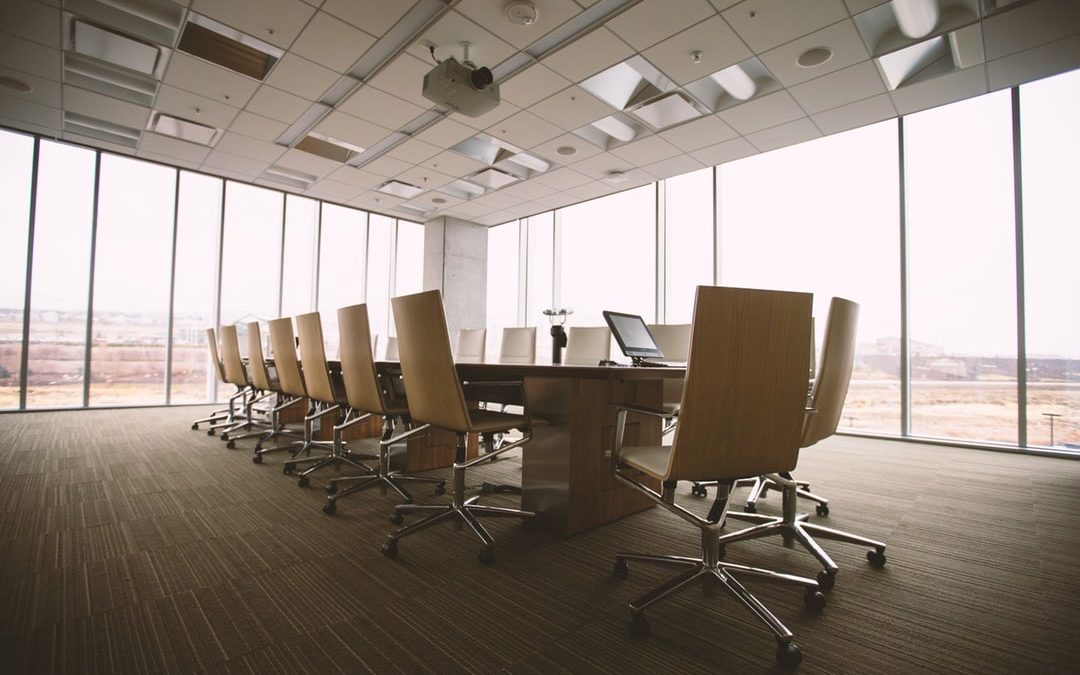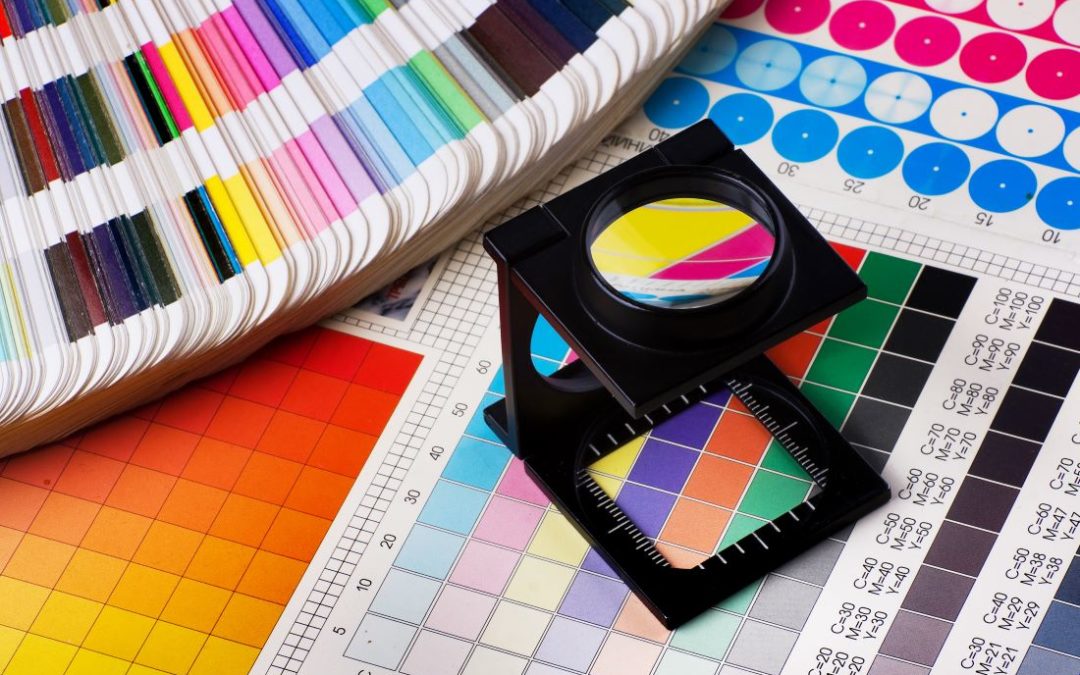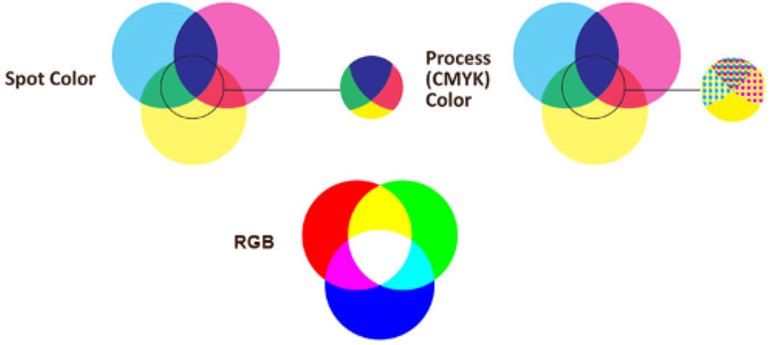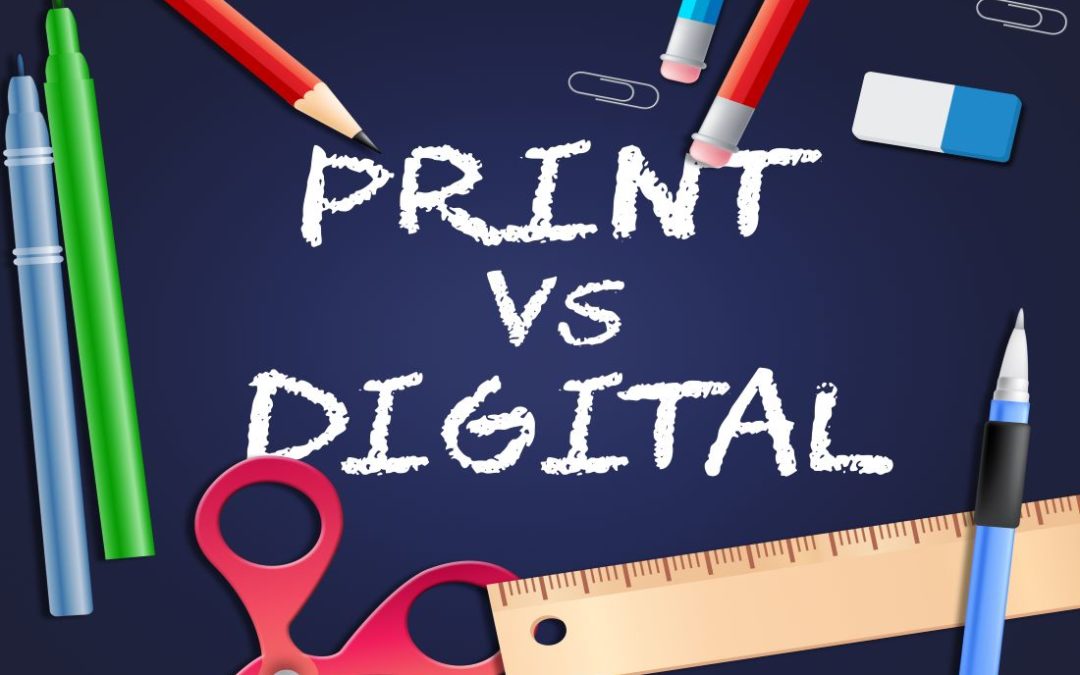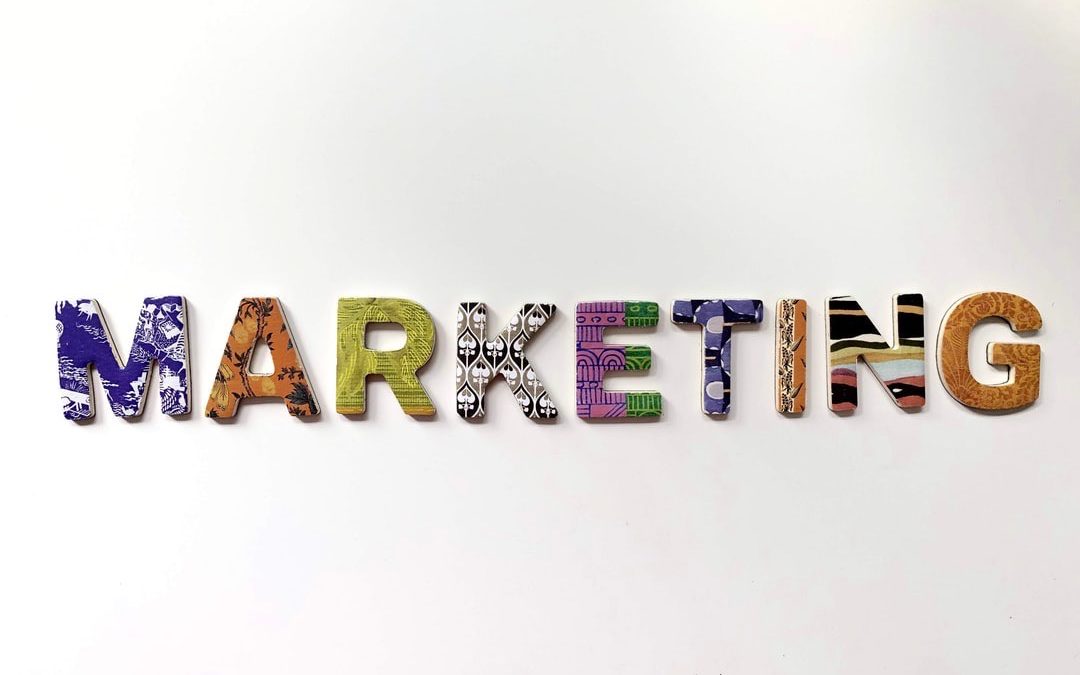
Marketing Materials to Attract Customers
Wondering what marketing materials are useful in attracting customers to your brand or services? Check out our list below with helpful and proven pieces that attract new and existing customers to your brand.
- Posters: Get the word out about products, events and other business pursuits with posters.
- Postcards: Send out postcards to the neighborhood and current customers to let them know about special deals, new products and other services you offer.
- Brochures: A well put together brochure outlining all your services and offers help further promote your business and are a great resource for cross selling.
- Promotional products: Did you know that most people keep promotional products for over a year, sometimes over two? And if they don’t keep it, they pass it on to others? Useful promotional products help promote your brand, well after the meeting or transaction has occurred.
- Wall graphics: Help get the word out about your business with wall graphics. They are able to be applied on almost any surface, both indoor and outdoor!
- Window clings: Place clings on your car, home, business or almost any window you can find!
- Floor graphics: Floor graphics help direct people through an experience, help to promote your services, and can be applied on almost any surface.
- Catalogs: Have lots to offer that you want to showcase to your clients? Catalogs pack a big punch and offer all your products at your clients’ fingertips.
- Notepads: Need to jot down ideas? A great and budget friendly option to leave with clients to brainstorm and write down notes.
- Labels/Decals: Labels on branded products are fantastic and can also act as reminders to get a repeat service done. Often used as a reminder, labels can help remind people of your awesome service as well as when they need to reorder or get a service redone.
- Vehicle graphics: Want to promote your brand to as many people as possible with very little investment? Vehicle graphics are the way to go!
- Stickers: Stickers can be handed out as promotions, to seal invitations and envelopes, and much more!
- Banners: Banners are great to promote your business to the masses, especially when shown in a major thoroughfare or high traffic area.
- Magnets: Stay top of mind for customers by creating fridge, locker or car magnets!
- Coasters: Remind people of some of your services while they are sipping their favorite beverage! Its always good to be playful and fun while promoting your brand with coasters.
- Envelopes: Envelopes are seen not only by the intended recipient, but also everyone that handles the mail!
- Folders: Folders help keep your brand information clean, neat and tidy, while also giving a polished look to any presentation.
- Cards: Thank you cards, invitation cards, recipe cards… you can promote your services in several ways to get your ideas heard.
- Coupon/punch cards: Create loyal guests and clients with coupon cards or punch cards. It helps build up brand awareness, and also offers your loyal guests a nice treat!
- Apparel: Staff apparel not only creates a streamlined and more tailored look, but also helps to promote your services.
- Calendars: Want to have your customers focus for 365 days a year? What better way to do it that with a yearly calendar?! Promote various products and services all year long and help your audience stay organized and on track.
- Bumper stickers: Let others help promote your business! Provide bumper stickers for your staff and clients alike to help promote your business all around town!
- Newsletters: Sent directly to your customers and also available at your locations, newsletters are a great tool to educate and market to your select customers with deals, information and other necessary information about your products and company.
- Business cards: What better way to promote and attract customers, while also giving away vital information as how to contact you for the best deals at any time.
- Letterhead: Writing sales proposals and letters on company letterhead are a great way to drive home your commitment to your brand and show a professional look to your customers and potential clients.
- BONUS! Food: who doesn’t look a good logo’d cookie! Put your logo on a cookie, lollipop, mints and more!
Did you know that Cascade Print Media can assist with everything on this list, and more? We are the leading print provider in the Pacific Northwest for over 55 years. We would love to partner with you to make your brand shine!
